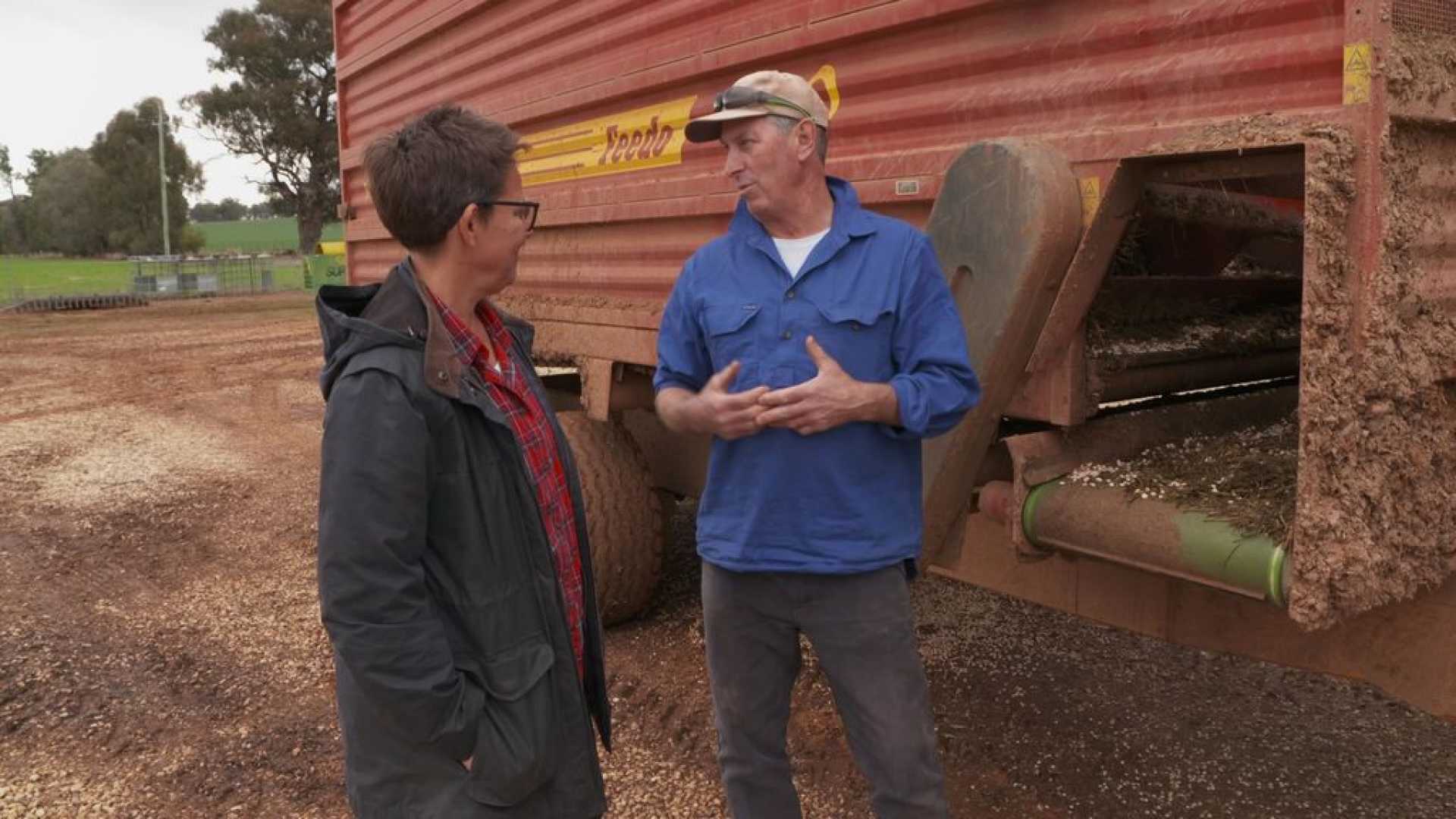News
Lupin Flour Program Enhances Nutrition in Queensland Aged Care Facilities

A recent initiative in Queensland is utilizing lupin, a legume traditionally used for cattle feed, to tackle malnutrition in aged care facilities. The program incorporated lupin flour into the diets of about 2,000 aged care residents across 15 facilities, resulting in notable improvements in nutritional levels, according to research.
Dr. Cherie Hugo, the research lead, described the results as “remarkable,” noting a 29 percent improvement in nutritional status among long-term residents involved in the program over six months. This is a significant increase compared to other Australian studies where malnutrition typically decreased by around 6 percent over a year in similar care settings.
The royal commission on aged care recommended providing residents with nutritional and “desirable” meals to combat health risks such as falls, infections, and prolonged healing. Dr. Hugo emphasized that getting the food right reduces the need for supplements and enhances the quality of life.
The program is built on a 2018 Bond University study indicating a 34 percent drop in malnutrition rates when lupin flour was introduced over three months. While Dr. Hugo is yet to publish the lupin-specific findings due to commercialization efforts, ten related research papers have been released.
Chef Ben Hazelwood has been integral in ensuring lupin flour is seamlessly incorporated into meals without compromising flavor. Hazelwood noted that lupin’s mild, nutty taste complements various recipes and has been used increasingly in baked goods and soups to replace regular wheat flour.
Despite the nutritional benefits, not all residents can have lupin in their diets due to potential nut allergies, as pointed out by Eric Anderson, CEO of the Adventist Retirement Aged Care facility. Nevertheless, Anderson reported improvements in residents’ protein intake and muscle mass, with a reduction in supplement usage, highlighting economic benefits as supplements are costly.
In Albury, New South Wales, farmer Gary Drew has been growing lupins for livestock since the 1980s but shifted focus to human consumption a decade ago. Despite Australia growing 80 percent of the world’s lupins, the legume remains underutilized in local diets.
Chris Johnston, Drew’s sister and business partner, emphasized lupin’s high protein and fiber content, significantly exceeding that of commonly known superfoods like quinoa. Drew identified a lack of education about the legume’s benefits as a barrier to its popularity, suggesting that more effort is needed to incorporate lupins into general consumption in Australia.












